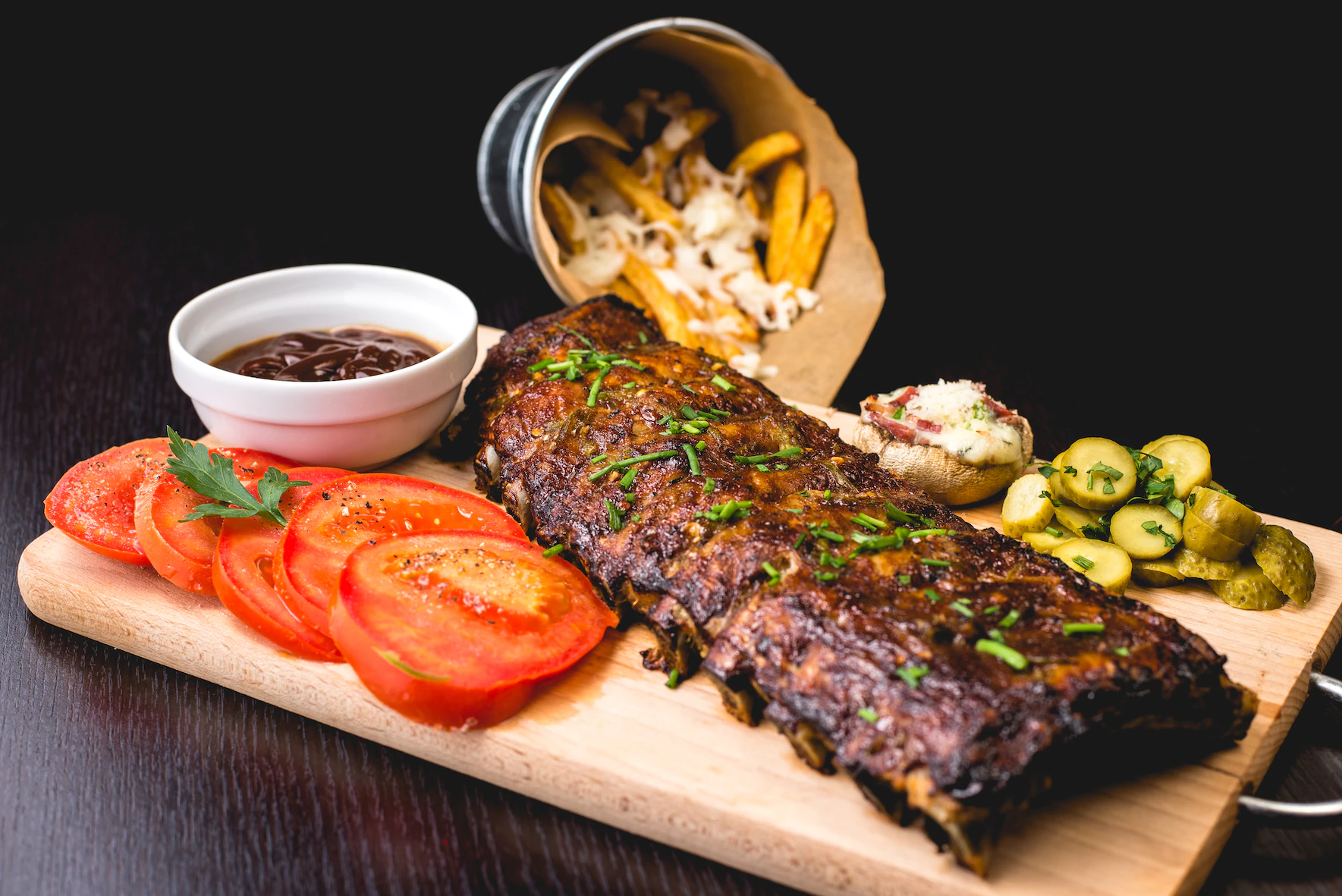Exploring Umami Tastes
If you buy food ingredients, you probably understand the fundamental tastes that form the basis of culinary experiences. However, umami, a fifth taste, is leaving its mark and gaining prominence in the culinary world. Discover methods to acquire ingredients that can enhance the savory sensation of umami in your products.
What Is Umami?
A Japanese chemist, Kikunae Ikeda, first identified a taste known as ‘pleasant savory taste’ or ‘deliciousness,’ frequently characterized as savory or meaty, distinguishing it from the four primary tastes mentioned earlier in the early 20th century. In his research, Ikeda isolated the compound responsible for this flavor, revealing it to be glutamate.
The Science Behind It
Our taste receptors in the mouth highly tune in to glutamate, a naturally occurring element present in various foods. Glutamate notably exists both freely and bound to other amino acids, creating rich proteins. Additionally, certain nucleotides, like inosinate and guanylate commonly found in foods, further amplify this taste.
Umami-Rich Foods
Umami compounds brim in meat such as beef, pork, and poultry, with their flavor intensifying through aging and slow cooking.
- Seafood, especially when aged or fermented, like anchovies, mackerel, and dried bonito flakes, boasts abundant richness.
- Renowned for their profound flavors, fermented foods like soy sauce, miso paste, and fermented bean pastes like gochujang are umami powerhouses.
- Aged cheeses like Parmesan and Roquefort, aged to perfection, exude robust umami profiles.
- Ripe tomatoes naturally teem with glutamate, enhancing their taste, while tomato-based products like ketchup and tomato paste are also brimming with umami.
- Mushrooms, including varieties like shiitake, porcini, and morel mushrooms, are celebrated for their umami essence and feature prominently in vegetarian and vegan dishes.
- Chicken, beef, and vegetable broths, forming the cornerstone of many dishes, are rich sources of umami goodness.
- Foods undergoing aging processes, including cured meats, aged wines, and fermented items, often acquire a more pronounced umami taste.


Applications in Food Products
Umami plays a significant role in various food categories:
- In soups and broths, ingredients rich in umami, such as dried mushrooms, soy sauce, and yeast extracts, create delicious and comforting broths and soups.
- Within the realm of sauces, dressings, and condiments, umami-enhancing ingredients are incorporated to boost their flavor profiles.
- For those seeking plant-based or vegetarian options, umami helps mimic the savory notes typically associated with meat in meat alternatives.
- If you’re in the mood for a satisfying and flavorful snack, you can find infused options such as seasoned nuts or savory popcorn, designed to cater to your taste buds.
- Frozen meals in the ready-to-eat category also join the trend, benefiting from ingredients rich in umami to enhance their taste and appeal.
- Umami isn’t limited to solid foods; it also finds its way into savory beverages like tomato-based cocktails.
Elevating Culinary Creations
In the culinary realm, the fifth taste emerges as a pivotal element. As a food ingredient purchaser, you not only comprehend the underpinning science but also aim to craft products that not only deliver exceptional taste but also secure a competitive edge in today’s market.
By integrating enhancing ingredients into your product range, you seize the attention of consumers. You wholeheartedly embrace this savory sensation, consequently transforming your products into culinary marvels that leave customers craving for more.
